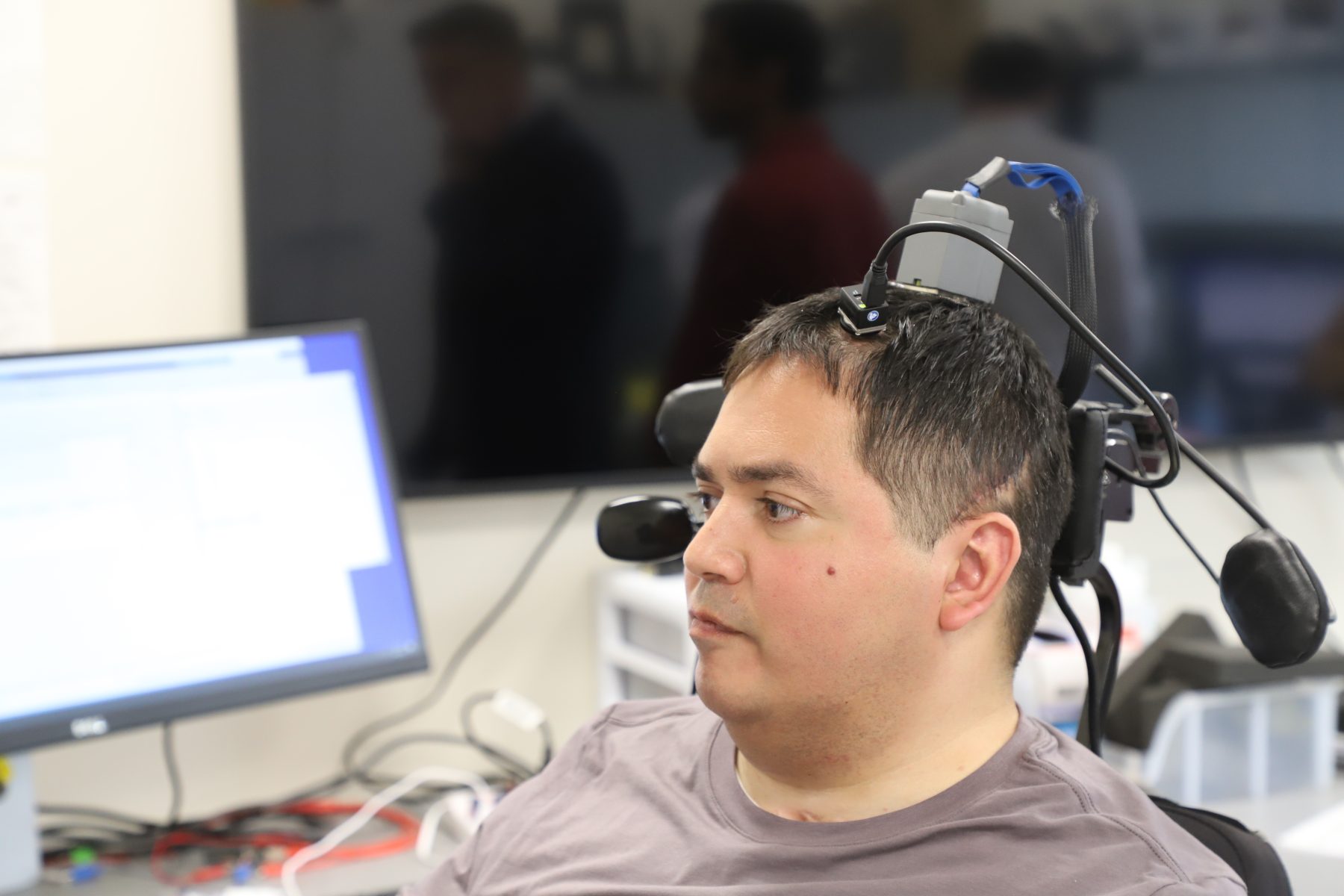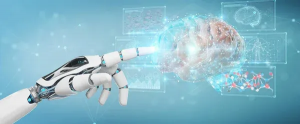In a groundbreaking medical feat, doctors in the United States have harnessed the power of Artificial Intelligence (AI) and brain implants to bring hope to a quadriplegic man. Keith Thomas, paralyzed from the chest down due to a diving accident, can now move and feel again, thanks to a novel clinical trial at Northwell Health’s Feinstein Institutes for Medical Research. This incredible achievement, led by a team of skilled researchers and surgeons, offers hope to millions of people with paralysis and neuropathy. Let’s delve into the pioneering technology and its potential to revolutionize the lives of individuals facing similar challenges.
Also Read: Amazon Vs Google Vs Microsoft: The Race to Revolutionize Healthcare with AI

Keith Thomas: A Journey of Hope and Resilience
The story of Keith Thomas, a man robbed of his ability to move and feel, captured the attention of doctors at Northwell Health’s Feinstein Institutes. The team of researchers, engineers, and surgeons embarked on a mission to restore his sense of touch and movement using innovative brain implants and AI algorithms.
Also Read: World’s First AI-Powered Arm: All You Need to Know

The Power of Brain Implants and AI Algorithms
Through months of meticulous brain mapping using functional MRIs, doctors identified the specific brain areas responsible for arm movement and the touch sensation in Thomas’ hand. A 15-hour open-brain surgery, guided by real-time feedback from Thomas, involved the implantation of microchips in the identified brain regions.
Also Read: UNESCO Raises Privacy Concerns About AI Chip Implantation
Thought-Driven Therapy: An Incredible Connection
The groundbreaking thought-driven therapy involves interpreting Thomas’ intentions, such as thinking about squeezing his hand. Electrical signals from the brain implant travel to a computer, stimulating his forearm and hand muscles using non-invasive electrode patches. Additionally, tiny sensors in his fingertips and palm send touch and pressure information back to the brain, restoring the sense of touch.
Also Read: AI Model That Can Translate Brain Activity into Text

Early Signs of Recovery
The results of this pioneering research are nothing short of astounding. In the lab, Thomas can now move his arms at will & feel the touch of his sister holding his hand. This remarkable progress enhances his arm strength and triggers natural injury recovery. The novel double neural bypass approach can potentially reverse some of the damage, offering new possibilities for the future.
Also Read: AI Tool Developed to Detect Parkinson’s Disease Years Before Symptoms
A Glowing Ray of Hope
For Keith Thomas, this groundbreaking technology represents a newfound lease on life. From the depths of despair, he can now experience the overwhelming joy of feeling someone holding his hand again. Beyond his triumph, the success of this research could herald a new era in medical science, revolutionizing the lives of millions of people with paralysis and neuropathy.
Also Read: Groundbreaking News: FDA Grants Approval to Elon Musk’s Neuralink for Human Trials

Our Say
The union of AI and brain implants has unlocked remarkable possibilities for restoring movement and sensation in quadriplegic individuals. Keith Thomas’ journey from paralysis to regaining touch and movement offers hope to countless others facing similar challenges in neuropathy. As research in this field advances, the medical community will see a breakthrough that could change the lives of many. The transformative power of AI and brain implants is undeniably reshaping the landscape of medical science. This new advancement is ushering in an era of hope and possibilities worth exploring.





